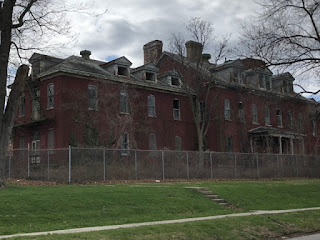What countries are known for high-quality products?
Chances are, pink isn't one of them--unless, perhaps, you're talking about some Alpine wildflowers. Certainly, it's hard to think of a Swiss-made piece of precision machining finished in pink.
Japan, Germany, France, Italy, England and the Scandinavian lands usually come to mind. So, sometimes, does the United States.
Also: Switzerland. It doesn't produce the range of items that come out of the other nations I've mentioned. But one rarely, if ever, hears complaints about Swiss products--including bicycles and bicycle parts.
Now tell me, what countries come to mind when I say "Switzerland"?
Chances are, pink isn't one of them--unless, perhaps, you're talking about some Alpine wildflowers. Certainly, it's hard to think of a Swiss-made piece of precision machining finished in pink.
So imagine my surprise when I saw this crankset from Edco, possibly the most renowned of Swiss bike component makers:
At first, I thought it was a joke, that someone photoshopped it. Turns out, such a thing was made--with a bottom bracket to match.
If Michael Sweatman, the creator of the Disrealigears website, were to include his scope beyond derailleurs, he surely would include this in his "A Riot of Colour" section--with the Ofmega derailleur in rosa!






